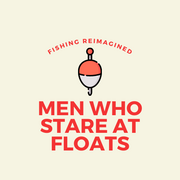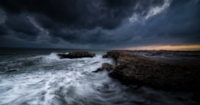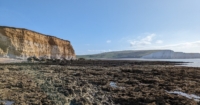Do you know why sea fishing is so difficult? Well, many reasons. But largely because it’s huge, unforgiving and at the mercy of brutal weather conditions. As a budding sea angler, or someone looking to pick up a few tips and tricks, you should think about three key elements when fishing in the sea;
- Where are the fish likely to be?
- Where can I safely fish from?
- How can I do it safely and with maximum comfort?
There’s probably some kind of calculation you can make combining the likelihood of catching a fish divided by comfort and safety to find the best marks. But that’s too mathematical for the average sea fisherman like ourselves.
What Is The Best Weather For Fishing?
From the best apps you can use, to mark identification and tackle tips and tricks. Get stuck into our top sea fishing tips below.
What’s on this page
Know your knotsKnots are one of the fundamentals of fishing . If your knots aren’t up to scratch, the chances of you losing fish and tackle greatly increase.
From personal experience, this kind of incompetence is both immensely frustrating and expensive. If each lure costs around £5, it doesn’t take much to lose an extra £15 each session.
There are two knots we’d recommend becoming highly proficient at;
- FG knot: the best knot for tying the line to the leader
- Uni knot: the best all-around fishing knot. Simple and highly effective
Check the windThis may be a personal opinion, but wind is my least favourite weather for fishing. There’s almost nothing worse than a howling onshore wind, making casting, rigging and landing a fish a) difficult and b) highly unenjoyable.
Our top tip would be to prioritise spots sheltered from high wind. Even if these spots are unlikely to be as effective, sometimes you need to play the long game and actually enjoy what you’re doing.
Luckily some apps give you completely free and perfectly accurate wind speed, direction and current behaviour. The Windy app is a personal favourite, but Windfinder is very good too.
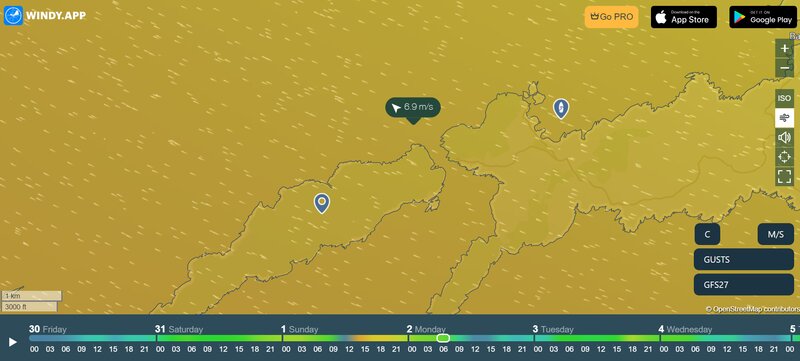
Wind direction is measured in degrees clockwise from due north. For example, a wind from the south would have a wind direction of 180 degrees, and a wind from the east would have a wind direction of 90 degrees.
And the tide timesYour success in sea fishing is so reliant on the tide that you need to understand how specific marks fish at different times of the day and what role the tide plays in productivity.
Typically marks with a lot of underwater structure and features exposed at low tide will fish better at high tide as the mark floods. Or at least when the tide is flooding. Whilst the inverse isn’t necessarily true, a flooding tide encourages fish to come in closer to the shore.
We use the below extremely accurate websites to figure out how to fish around the ebbing and flowing tides;
How To Understand The Tide When Sea Fishing
Take the appropriate clothingWhile this one may seem straightforward (if it’s raining, wear a coat), there’s no coming back once you get cold and/or wet. So proper waterproof gear, a waterproof fishing jacket, some good fishing sunglasses, fishing boots, if you’re clambering over rocks and a good hat are essentials.
Things like snoods, gloves and waders are not essential, but absolutely worth considering.
Research marks beforehandThe most effective way you can spend your time before a sea fishing session is to create a list of potential spots you can fish at each mark. Google Maps is an incredible tool for identifying accessible locations and with a little diligence, you can create a list of places to move to if mark 1 isn’t up to it.
Typically we do the following;
- Google Maps (Satellite view tends to provide the most accurate option)
- People add pictures of locations to Google Maps. If you toggle the ‘Street View’ option on, you can see pictures of potential marks
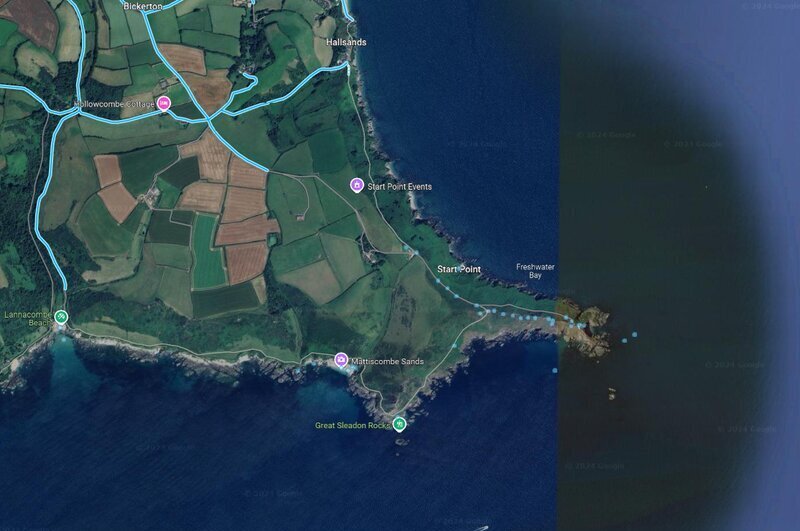
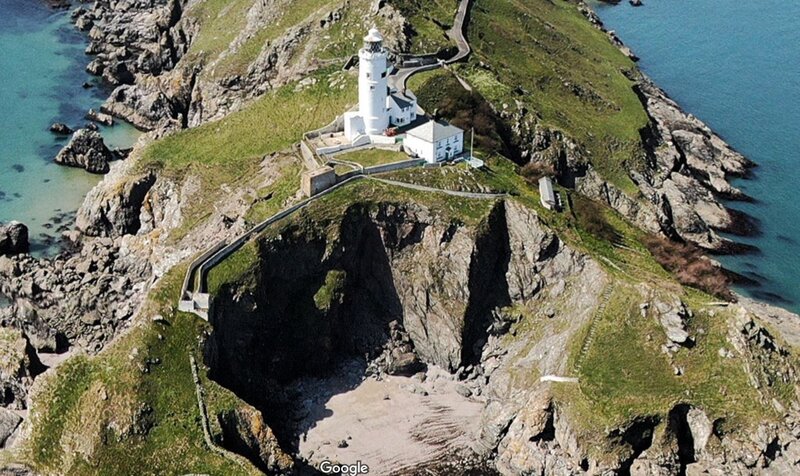
Buy high-quality sea fishing tackleBuy cheap buy twice. Almost nowhere is this as true as with sea fishing tackle. Having purchased a few 180 piece kits from Amazon, I can confidently say that the lure clips and splitters are extremely low-quality and bend and break far more easily than with good quality kits.
Properly store your luresIf you’re fishing in saltwater conditions, then storing and cleaning your lures is good practice. Particularly with metal lures. If you want to keep you lures gleaming and your hooks sharp, then cleaning your gear with fresh water, drying them and storing them properly is a no brainer.
The 7 Best Lure Fishing Boxes in 2023 Editor’s choice
Rinse your rods and reelsWhilst most high-quality reels are corrosion-resistant, you should make sure you rinse them with fresh water after each session. This keeps the retrieve smooth and ensures your reels last for years.
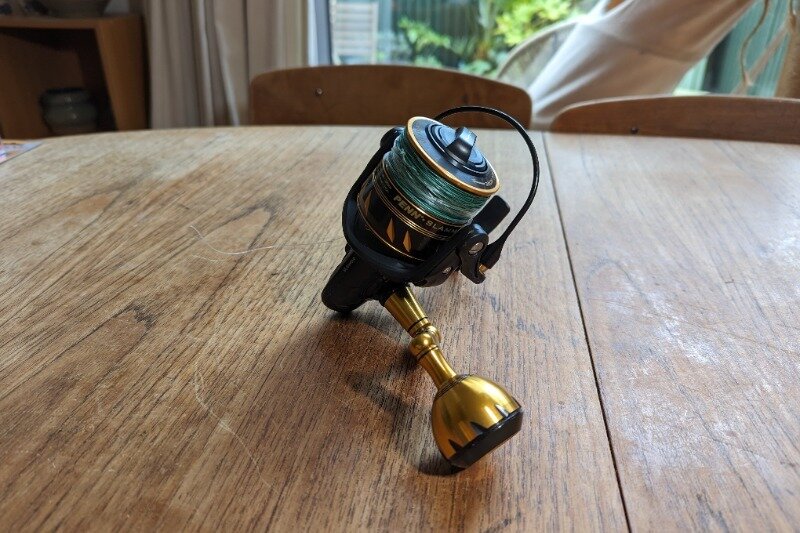
Look for structureFish love structure. Whether that structure is manmade like piers, wrecks and harbour walls or all-natural rock structures and kelp. Baitfish hide in the nooks and crannies and crustaceans cling onto the outer surface, making structure a veritable feast for predatory fish.
Don’t just cast into the open water. Think about where the target species will be.
The below apps map out known shipwrecks around the UK’s coastline;
These websites are a great way to find underwater structure. But if you’re serious about fishing, even considering a boat purchase, then a fish finder would be an essential piece of kit.
Consider night fishingFish that don’t rely heavily on eyesight and light to feed will often come closer to shore at night to hunt under the cover of darkness. This is a behaviour commonly seen in sea bass (if you’re after a monster bass, night fishing is generally a better option), eels and other fish that feel less vulnerable in the dark.
The same is true of baitfish and crustaceans. They’re far more likely to come out to feed under cover of darkness and by following the food chain, where there is bait, there will be predators.
Bring different types of luresEvery lure fisherman worth their salt will have a lure bag with different colours, actions and sizes to cater to a number of different scenarios.
In clearer conditions, lighter more natural colours tend to work best. In murkier conditions, brighter pinks and oranges tend to be more effective. And if there’s a lot of surface action, you will kick yourself for not having some kind of popper to hand.
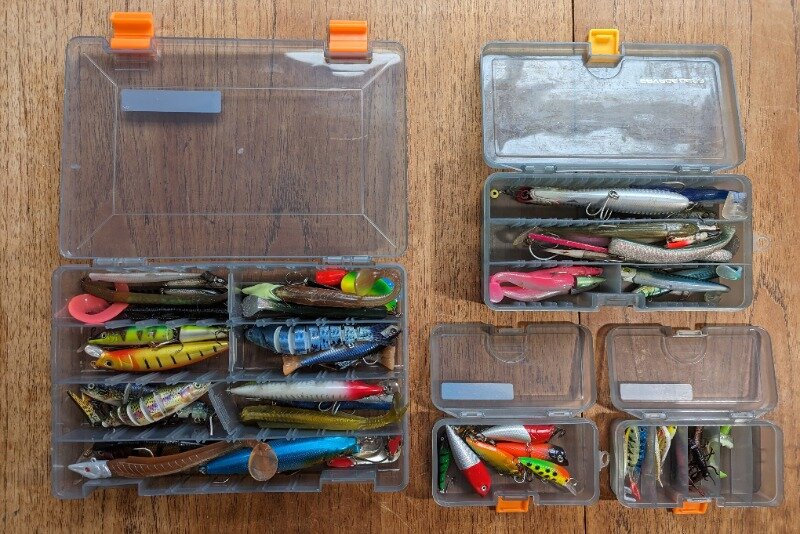
And baitDitto bait. If you just turn up with some cut-up mackerel and the fish don’t take it, you’ve left yourself high and dry. try to catch some fresh mackerel as bait, bring squid and peeler crab where possible.
Be prepared to moveIt’s a rarity in life that someone will tell you impatience is a virtue. But for lure fishing, I think that’s true. Once you’ve cast in an area and tried several different lures (colours, actions) and different retrieval styles, move. Even just fishing the same spot from a different angle can make a difference.
If you’re bait fishing a little patience is probably sensible. But if you’ve had no action on your bait for 30 minutes, reel it back in and re-cast. If nothing else it’s worth checking your bait hasn’t been nibbled by smaller species.
Vary your methodsThere are so many different types of cast and retrieves you can try when lure fishing. Even bait fishing, there are different methods of bait presentation you should be aware of. If the fish aren’t biting, have a plan B in your back pocket.
Learn about the target speciesAll species of fish have their own intricacies. If you aren’t aware of them, you’re leaving too much up to chance. For example, bass are quite transient fish who will travel in schools to feed in patterns with the tide. In contrast, pollock live deep in kelp forests in much deeper water.
Both aggressive saltwater fish of around the same size, but completely different in their day-to-day existence.
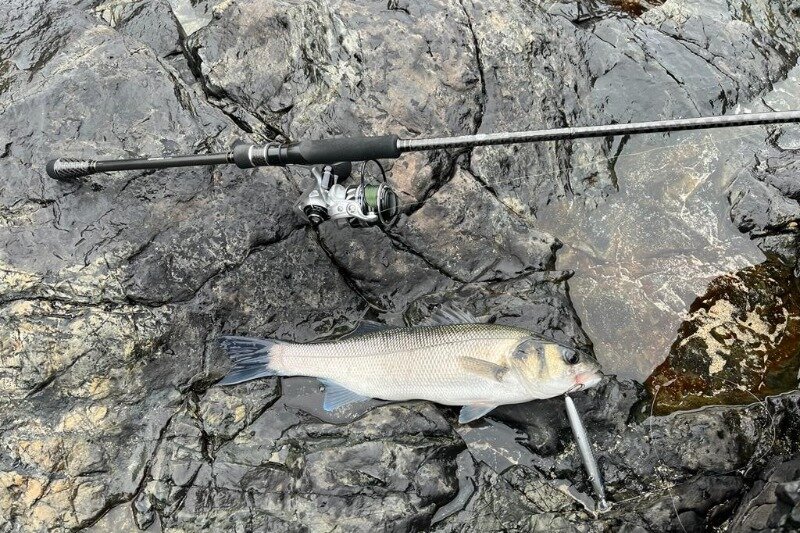
- Try this beginner’s guide to bass fishing
- And this guide to pollock fishing
- For freshwater lovers, these pike tips and tricks should be helpful
Bring the right rodAs a starter for 10, make sure your rod is powerful enough to catch the target species and has the casting capacity required to fish from the shore.
When lure fishing from the shore, usually a 9-10′ rod with a fast action and a casting of somewhere up to 60g or so is a great place to start. if you’re bait fishing, you’ll need a much longer, more powerful rod to reach dropoffs and structure further out.
And reelWhen it comes to reels, look for c. 3500 size reels and above that are corrosion-resistant to prevent excess saltwater damage. If you’re bait fishing, you might want to consider a larger reel, that has a greater line capacity.
Source some local knowledgeForums are a fantastic place to find some local knowledge before your trip. Whilst it’s worth taking the advice with a pinch of salt, it’s a great way to start piecing crumbs of information together.
Once you arrive, it’s always worth speaking to some local tackle shops, anglers (not the miserable ones) and locals. Most people have some idea of whether the area has long been a fishing hotspot.
There are lots of decent-quality fishing forums, including;
Target the surfFish like bass hunt in water as shallow as 12″ deep, using the crashing waves and wash to hide themselves from baitfish. While this isn’t the case for every predatory fish, waves can be an angler’s best friend.

Stay hiddenFish aren’t stupid. Or blind. They may be hungry and aggressive (who isn’t?), but your shadow, overly visible line, poorly rigged tackle with oversized knots, and tag ends can put a warier fish off.
Use high-quality braid and fluorocarbonHigh-quality braided line and fluorocarbon are reasonably inexpensive and worth shelling out a few extra shackles for. If you hate re-rigging rods as much as I do, you’ll happily part with the extra pennies if the snap-off rate is lower. Just don’t choose a pink-coloured braid. I’ll never understand why they make brightly coloured braid.
Fluorocarbon is an essential part of saltwater lure fishing. Its almost see-through nature ensures even wary fish aren’t put off and its added abrasion-resistance reduces line breaks. Happy days.
Read the rulesWhilst you don’t need a fishing license to fish in UK waters, there are a few rules and restrictions you should be aware of.
- There are 91 Marine Conservation Zomes on the UK coast. Fishing is prohibited in certain areas.
- There are catch limits on fish like bass. They must be a minimum of 42cm and they cannot be taken from fixed or drift nets
- Certain fish have nursery areas (that may not be fished) and there may be catch limits
Essentially, you just need to research the area you’re fishing in beforehand.
Study your marks before you fishOK, so if you’re going on a one-day fishing trip this might not be possible. But if you live nearby or away for a longer period of time, visiting marks and all states of tide will help you understand the mark more effectively.
If there’s a gully running down the right-hand side of the bay that floods at high tide, exposing rocky features, there’s an excellent chance predatory fish will head up there at high tide.

Chesil Beach, a very well known shingle beach in Dorset, has a renowned dropoff very close to the shore. Hence its proclivity to throw up some excellent cod over the years. Think about knowing this vs not knowing it and how that would affect your chances.
Use Google MapsGoogle Maps is a fisherman’s best friend. Honestly, the amount of time we’ve spent looking at cliff faces on satellite and street views to work out if there’s a reasonably safe way down doesn’t bear thinking about.
For some reason, the more traditional fishing folk are terrified of sharing their marks. As someone who wants to grow the hobby, I think finding and sharing these marks to make sea fishing more accessible is important.
It’s not that deep.
The 10 Best Sea Fishing Spots in Sussex
Stay safeEnding on a serious note, stay safe. We’ve traversed stupidly dangerous cliff faces and braved the tide for no reason other than to try and catch a slightly bigger fish. The sea’s scary and unfortunately the bigger fish tend to hang around in wilder locations.
Having the right clothing, a life vest or inflatable device and a torch might make you a little more confident. But remembering it’s a hobby and you have responsibilities like children and work might make you think twice about scrambling down scree slopes on a wet Sunday eve.

LRF Fishing for Beginners
Tags: Lure FishingSea Fishing
Hi, I'm Harry. A keen, albeit exceedingly average fisherman. I've spent the last few years trawling London's waterways with - if I'm being kind - varied success and would love to help you avoid the mistakes I have made.
